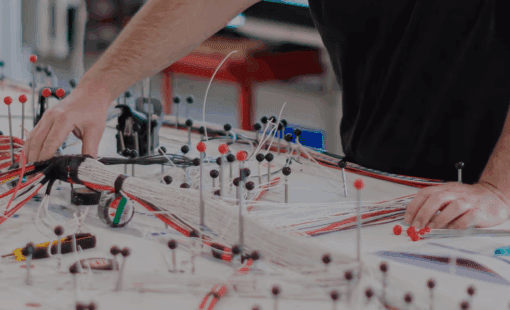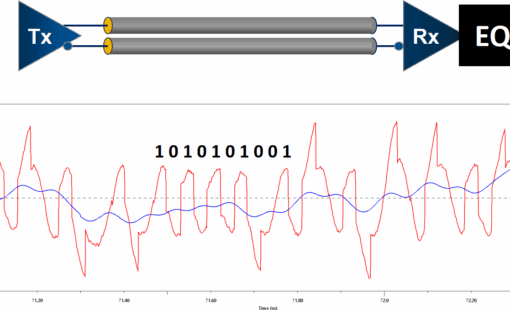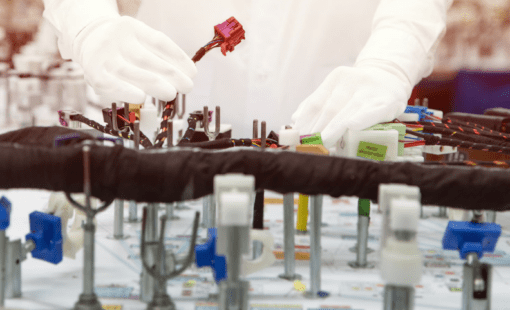As we close the chapter on 2023, let’s take a stroll down memory lane and check out the posts that really captured your attention this year. Join us for a ride through the highlights and insights that made this year all that it was.
While reflecting on the past, we also look forward to the future and the exciting developments and challenges that await us in the year ahead. Thank you for being part of our community, and here’s to the memories we’ve created together in 2023 and will continue to make in the next year.
1. Mastering the Challenges of Modern PCB Design
PCB design today is undoubtedly more challenging than it used to be. As electronic devices become more capable, the laws of physics remain steadfast, imposing rigorous limitations on signal propagation, heat dissipation, and component interaction. Learn how to master the dance between complexity, cost considerations, and integration.
2. Sustainable Product Development
The electronics industry is one of the fastest growing industries in the world, producing millions of electronic devices every year. Sadly, many of these devices, whose production causes CO2 emissions and the depletion of natural resources, end up in landfills where they release toxic chemicals into the environment. That’s why electronics manufacturers are expected to develop sustainable products and do their part to fight against the global climate change. This blogpost explores several ways in which sustainable product development can be implemented.
3. Harness Design: How to connect MCAD and ECAD design tools into a consistent design flow
Although the engineering process continues to be increasingly connected with digital information flowing along a digital toolchain, there often remains a “disconnect” between the MCAD world and ECAD world that can be challenging if not problematic. Mechanical engineers commonly have no visibility of the wiring harness design and its details. In the same way, electrical engineers must rely on point-to-point measurements from the mechanical world.
As a result, some companies still rely on mechanical prototype assemblies to determine harness routing, diameters, and lengths. While this provides correct routing information, the time lost waiting for the prototype can be significant. Learn how to eliminates these time sinks by combining industry-leading electrical design tools with collaboration capabilities that enable continuous information exchange with the MCAD world.
4. A Chat with ChatGPT
The AI tool ChatGPT recently celebrated its first birthday. In our post, we asked the tool itself how artificial intelligence can help PCB designers in the development of printed circuit boards and we got some surprising answers…
5. Requirements Clarification Based on MBSE
Dealing with complex requirements has become a common challenge in the discrete manufacturing industry, which is further aggravated by the advance of electro-mechanical content in modern products. The resulting requirements complexity is often referred to as the requirements trap: The more complex the product, the more convoluted the requirements process becomes.
Traditional methods of requirement document-based requirements description fail to provide the agility and clarity needed for successful product development. By adopting a model-based approach to requirements management, organizations can regain velocity, reduce risk, and ensure that products meet their customers’ specifications.
With these highlights we would like to say goodbye for this year and wish you all a happy new year!

- Blog

- Blog

- Blog
Learn the two key fundamentals for reliable high-speed serial link design and how to overcome signal integrity challenges at multi-Gbps speeds.

- Blog










